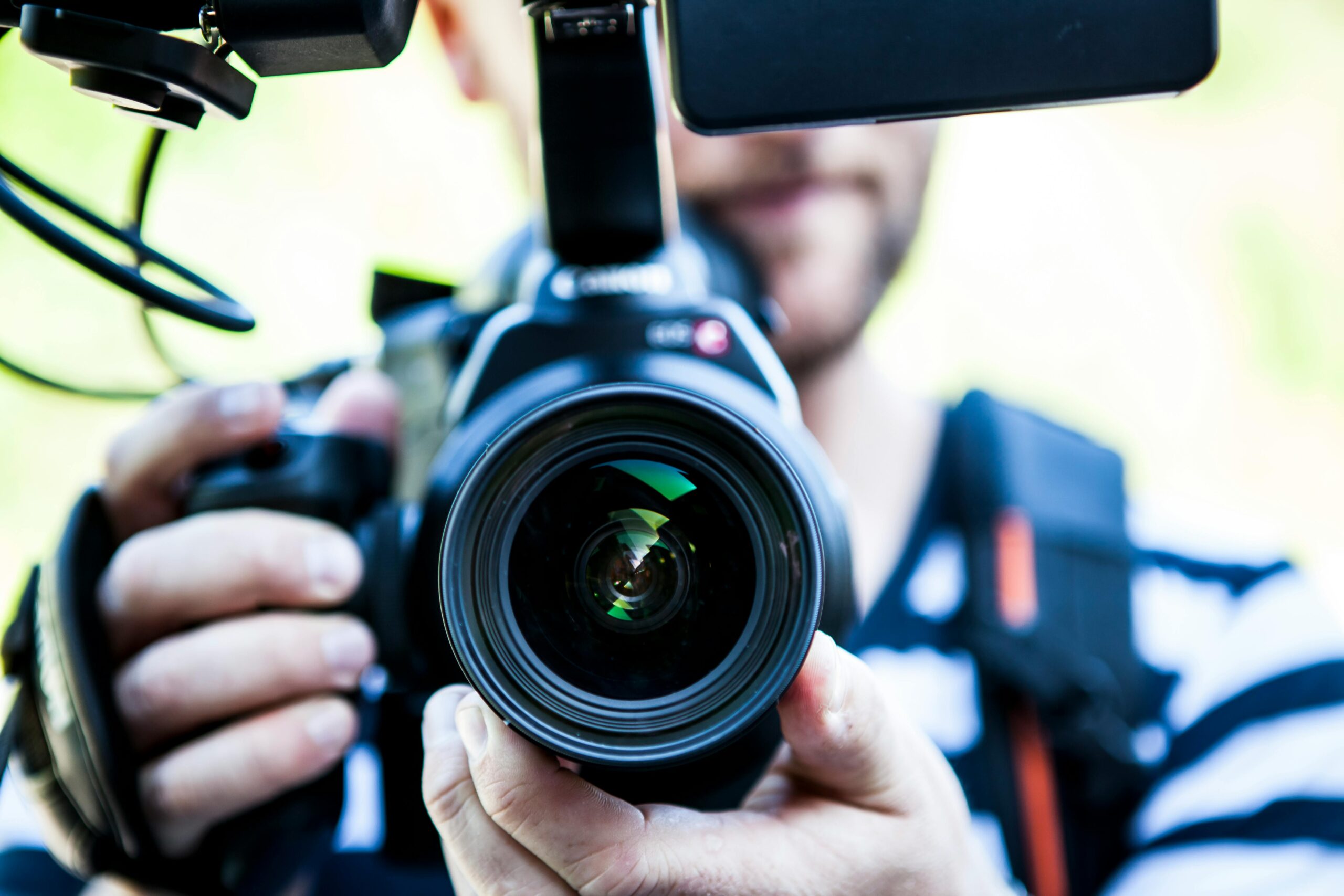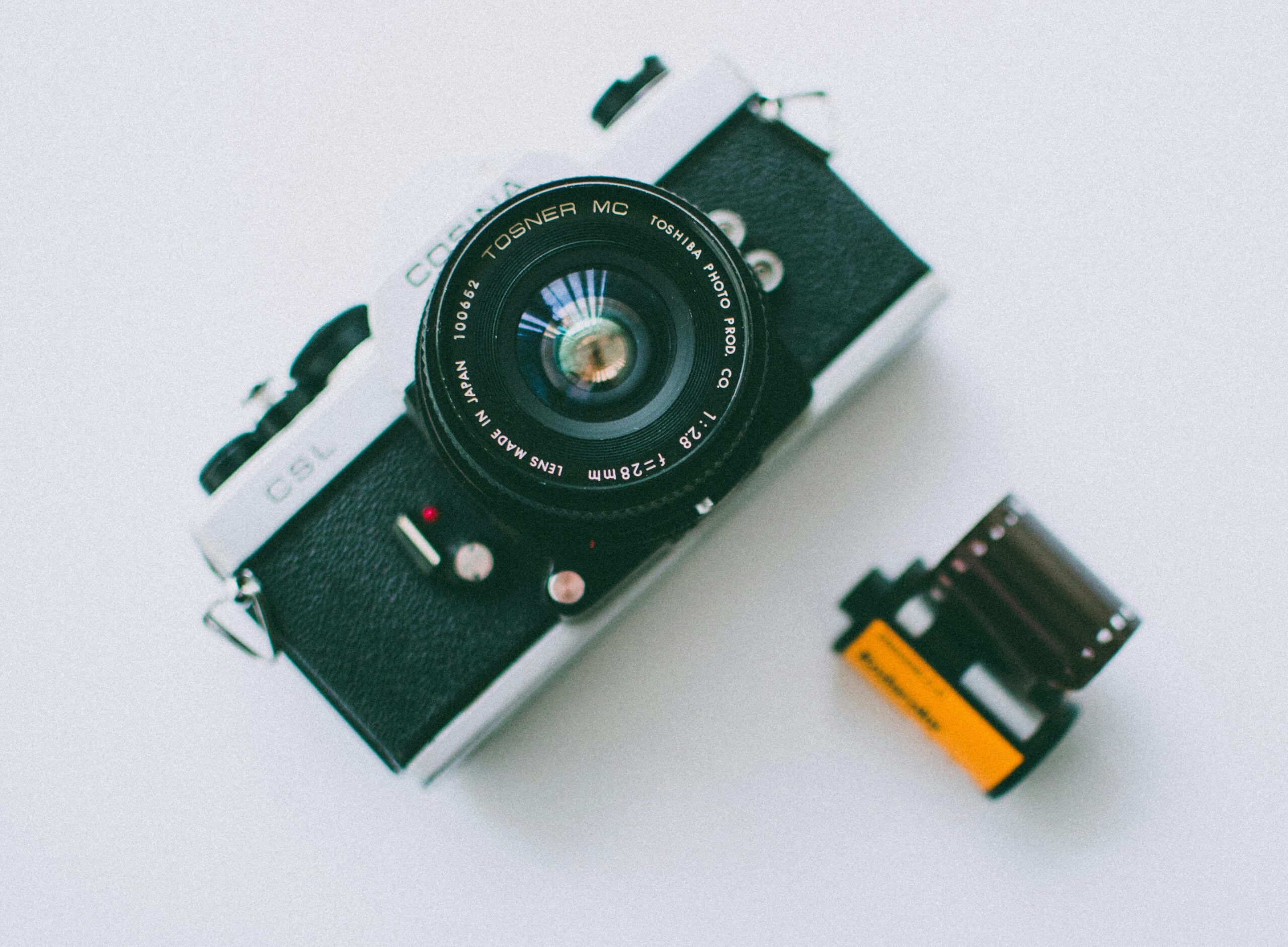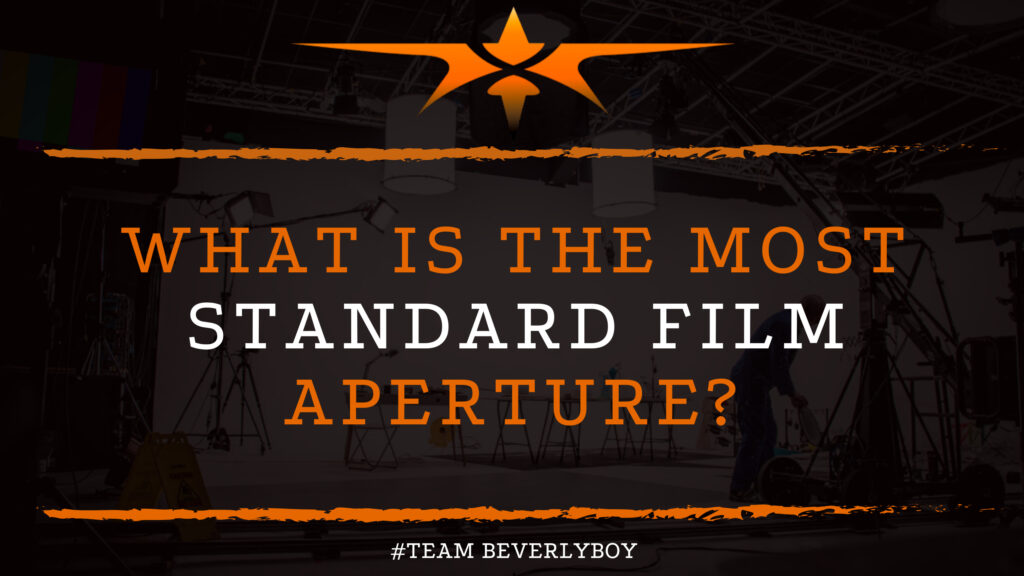What is the Most Standard Film Aperture?
Understanding aperture and how it impacts filmmaking is important to anyone seeking to learn cinematography. In fact, it’s very common for aspiring filmmakers to ask, “What is the most standard film aperture?” in question of the most appropriate option for creating motion picture footage. The best, and most standard film aperture for filmmaking is f/2.8 or just 8, but what does all of this really mean?

You might be wondering if there actually is a “best” aperture? What does aperture have to do with shooting a video? And, more importantly, how does the aperture impact the shot? To answer these questions, we must first define aperture.
What is Aperture?
Aperture represents the opening of the lens or the hole through which light travels to pass through the camera. Together, aperture and focal length combine to create the optical system which determines the total cone angle of the light rays which come into focus within the image plane.
Aperture is typically defined as an f/stop in which the lower f/stops represent larger apertures which expose more light to the camera whereas higher f/stops represent less exposure resulting from a smaller aperture and less light coming in.
What is the Most Standard Film Aperture?

The most standard aperture for video is the f/2.8 which may also be defined in T-stops as the T2.8. F-stops and T-stops are not identical. In fact, the corresponding F-stop for a T2.8 is actually about f/2.5 but for the sake of keeping it simple, rounding up to a f/2.8 just makes more sense.
Most cinematographers will use a T2.8 for filming, although not always. However, it’s safe to say that the standard aperture is the f/2.8 or the similar T-stop of 2.8.
Why is This the Standard Film Aperture?

The T2.8 of the f/2.8 represents the standard film aperture that is most widely used by cinematographers. There are several reasons for cinematographers to choose this particular aperture.
The most common reasons to choose this particular f-number include:
- Light – the T2.8 provides a balance between allowing for the most practical lighting without making the set overly hot or lacking exposure.
- Depth of Field – Changes in aperture result in the cutting of light to keep everything in focus within the frame.
- Deep Focus – Stopping down the lens would have resulted in a loss of sharpness.
- Consistency – maintaining a preferred aperture resulted in a consistency in light and exposure between scenes.
So, when seeking to answer the question, “What is the most standard film aperture?” While we believe the f/2.8 or closely correlating T2.8 represents the standard in filmmaking, it’s important to understand that today’s cameras and lenses provide significantly more flexibility with apertures frequently ranging higher.
Cinematographers have the ability to adjust aperture as wide as they want, or to stop down as much as desired, but the T2.8 is most commonly used.


